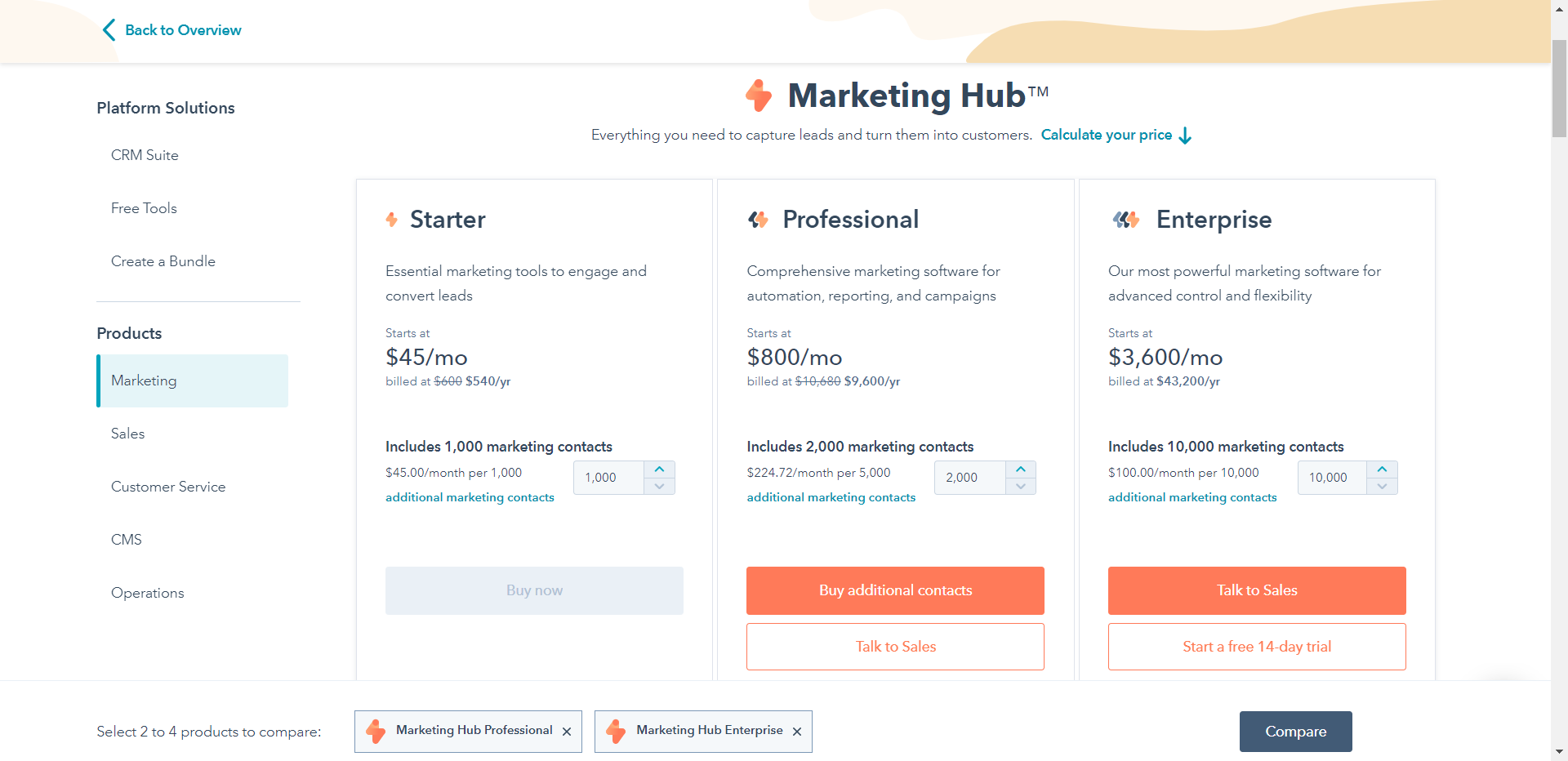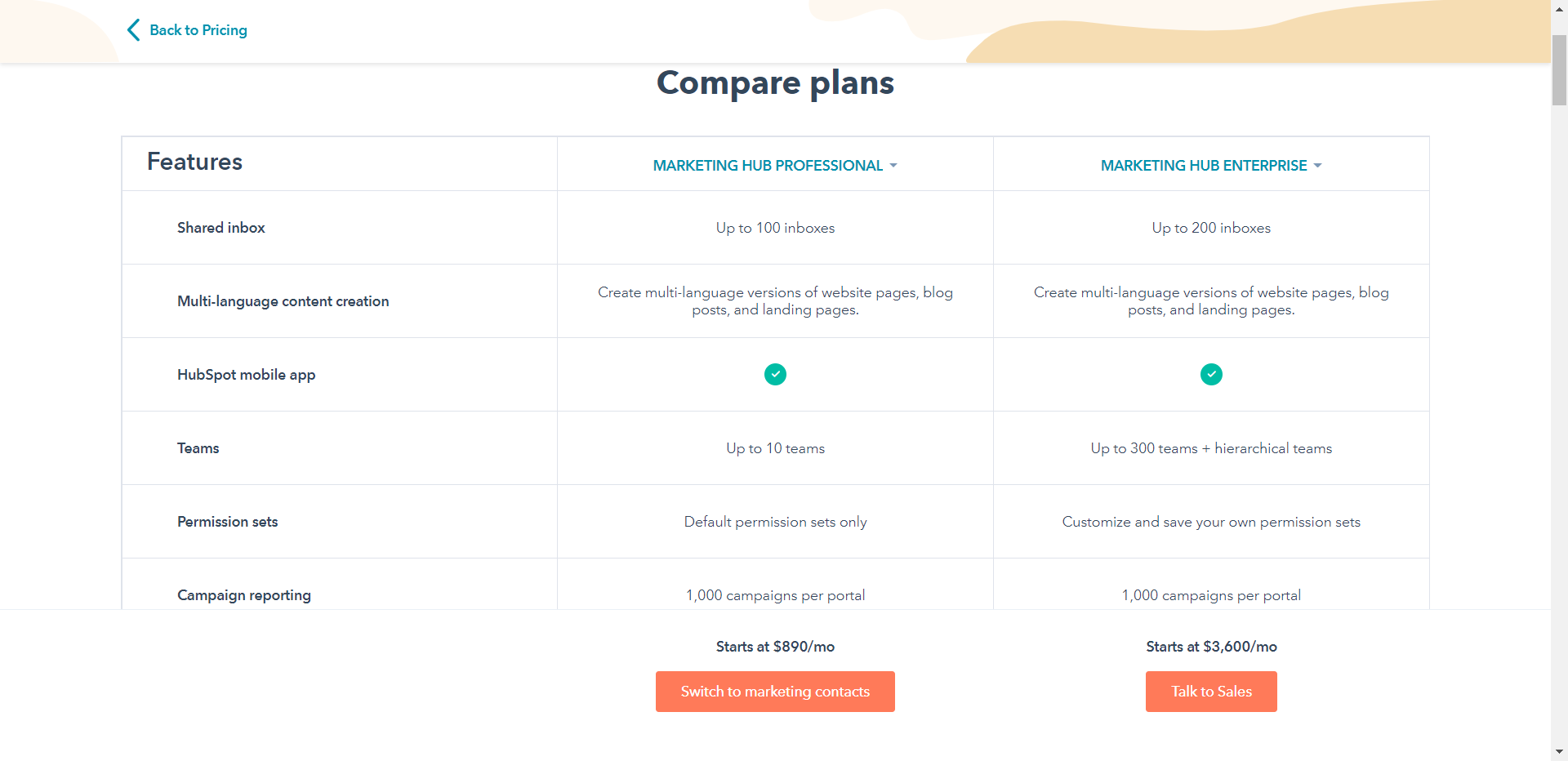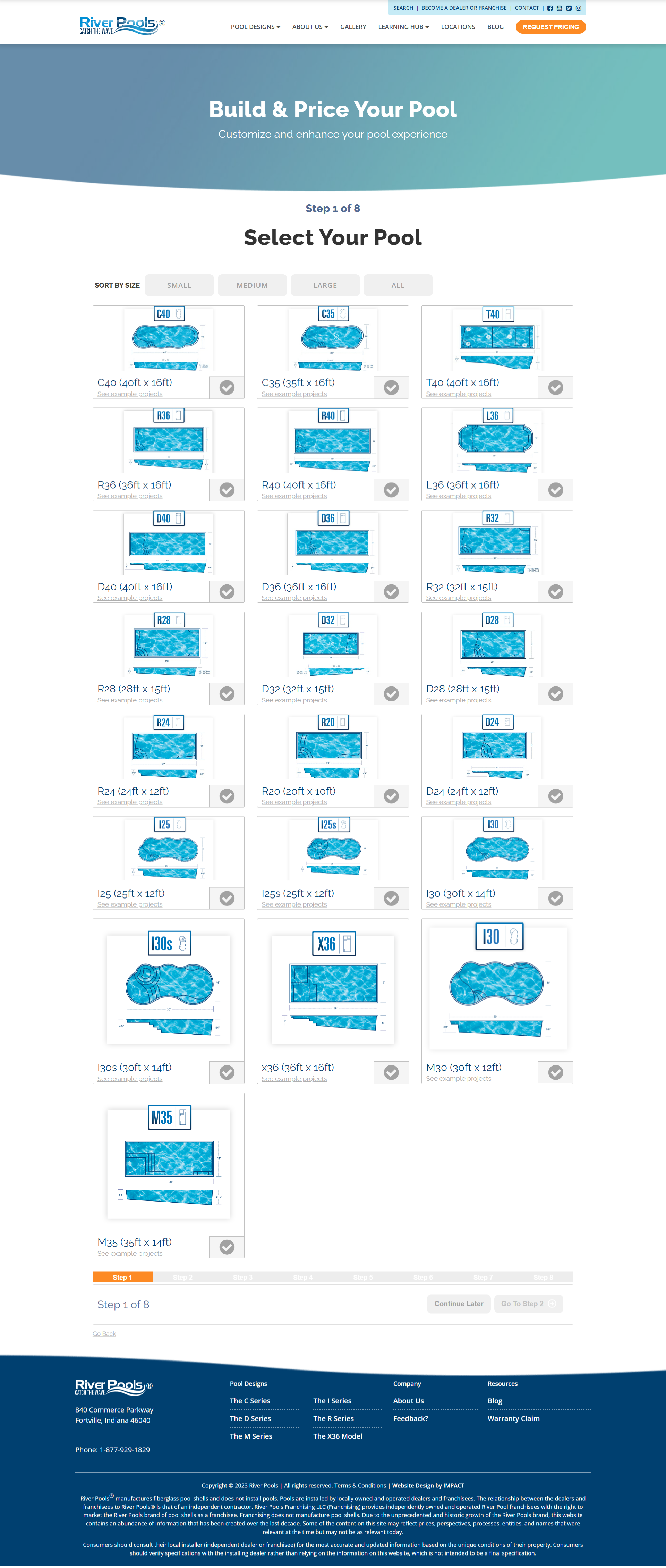B2B Buyers Demand "Seller-Free" Purchasing: What Does That Mean?
Are your B2B buyers less engaged now than they have ever been? Are you being ghosted for no good reason? Do you feel like you are getting less and less time with your buyers? If so, you aren't the only one. We know from Forrester and Google's "Zero Moment of Truth" research that buyers will complete 80% of their buying journey before reaching out to a salesperson. That means they have done a ton of research and made many decisions before getting in touch with a company.
Today's Digital Buyers prefer to have seller-free options wherever possible, and while digital sales without a sales rep are much more common in B2C, this trend is certainly making its way to B2B. In this article, we will explore what "seller-free" really means, explain how much it will impact you as a B2B organization, and give practical examples of what you can do to offer your prospects seller-free options. By the end, you will know what seller-free buying is and what it looks like in practice.
What Does Seller-Free Mean?
According to Gartner's 2021 Future of Sales in 2025 report,"B2B buyers spend only 17% of the total purchase journey with sales reps. Because the average deal involves multiple suppliers, a sales rep gets roughly 5% of a customer’s total purchase time. And 44% of millennials prefer no sales rep interaction at all in a B2B setting."
This trend of wanting to make seller-free purchases in the B2B space isn't going away anytime soon and will only grow stronger in the coming years. One illustrative example, according to a Forbes survey, is the fact that 42% of people would rather clean toilets than call customer care.
Another astonishing fact is that, according to a recent McKinsey survey, more than two-thirds of buyers are open to spending up to $50,000 on a completely remote or self-service purchase, while 32% would spend up to $500,000 and 27% even more than that!
If these numbers are accurate, and we have to assume they are, our prospects are looking for and engaging with vendors that offer tools, solutions, and ways for them to do most or all of the necessary steps to complete the buying process. Here are three great examples within different industries:
- Stock & Noble's "Map My Fence" tool allows horse stables and private property owners to choose a fencing solution and map the dimensions of the property they want to fence in.
- Dental Claim Support's Dental Billing Assessment provides dentist offices with a productivity score and a brief analysis after answering a quick 10-question assessment.
- AIS's "Build Your Chair" tool lets office managers configure different chairs and stools.
The main categories these seller-free tools fall into are self-scheduling, self-discovery, self-selection, and self-pricing.
Self-Scheduling
I don't know about you, but I HATE calling up businesses to make appointments. It makes me so happy to be able to schedule a massage, hairdresser, annual medical check, or dentist appointment (all right, let's not get carried away — I do not get joy out of scheduling dentist appointments ever!) by myself without having to call.
Below, you can see the scheduling tool I use in action (HubSpot Meetings):
Some tools to try:
Self-Discovery & Self-Selection
In addition to wanting the ability to schedule meetings on their terms, buyers prefer to discover and select the right products or services for them by themselves. This means you need to display your product or service offering in an easy-to-understand fashion, allowing for quick and concise comparisons between different products or options you (and your competitors — see Big Five Vs. & Comparison articles) offer.

In the screenshot above, you can see how HubSpot's pricing allows easy comparisons between options. Simply click Compare, and you will get a detailed list of all the features and functions that make up each tier.

Depending on your offering, you could create a quiz, configurator, assessment, or other tools to satisfy your buyers' self-discovery needs. They should be intuitive and easy to use, visual, interactive, and helpful. One of my favorite examples of a self-discovery/selection tool is the FDomes Glamping Dome Configurator. You cannot only virtually build your glamping geodesic dome right there, but also view the inside and outside as you build it.
.png?width=1920&height=932&name=Geodesic-Dome-Kits-for-Business-and-Pleasure-by-FDomes%20(2).png)
There are lots of creative ways to go about this, but the thing to remember is to be completely transparent, honest, and unbiased. If you allow your buyers to have all the information they need to make the right choice for themselves, they will become happy customers. If you don't, they might feel cheated and lose trust, and that's the last thing we want!
Some tools to try:
Self-Pricing
Nothing bothers a prospective buyer more than not finding the price of the product or service they are looking for. Studies have shown that a visitor leaves a website after only 10 seconds if they cannot find the price. But for many B2B businesses, the pricing answer is complex. It usually boils down to "It depends." If you cannot simply put pricing on your website, try offering a pricing calculator or quote estimation tool.
A great example of this (although B2C) is River Pool & Spas' Pool Configuration & Pricing Tool. Another great (even if a little overwhelming) pricing calculator is the one for Microsoft's Azure products.

Depending on your pricing strategy and the products you sell, you might be able to give the actual price then and there, but in many B2B scenarios, you might not be able to. What you can do is give your prospects a price range for the choices they made and offer to have a salesperson put together a detailed quote. Keep in mind — no bait-and-switch! The price range you are giving them should be representative and helpful to them!
Some tools to try:
Conclusion
The modern Digital Buyer will continuously push the boundaries of seller-free buying, becoming increasingly suspicious, taking more control, and only doing business with salespeople they truly perceive as "trusted advisors." Companies that embrace this thrive — and those who don't will struggle.
If you are new to this, start by picking one area that would make the biggest impact. Ask your salespeople what your buyers' most frequently asked questions are, and then pick apart how you can enable your buyers to self-serve them. For example, if you have many different product options and your prospects always have difficulty telling them apart and deciding, use an assessment or quiz to help them select the right one!
Share this
You May Also Like
These Related Stories

5 Types Of Self-Service Tools You Need On Your Website (With Examples & Tools)

How B2B Tech Companies Can Create A Helpful Pricing Page (Without Revealing Their Pricing)

.png?width=250&height=125&name=TrustBuilderLogoWhiteTranspBackgr(250x125%20px).png)



No Comments Yet
Let us know what you think